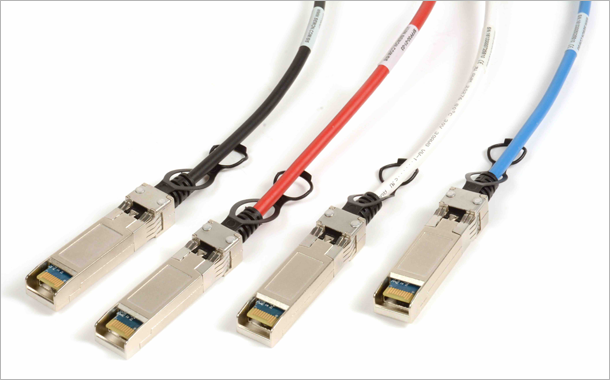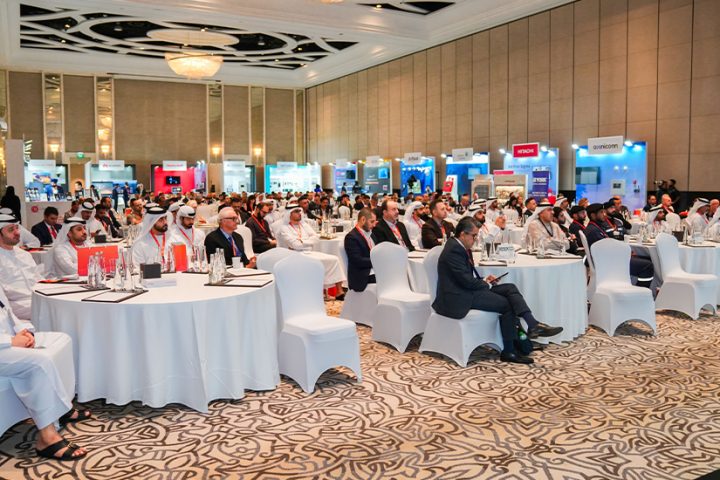Enterprise data centres are here to stay, but it will depend on the needs of the individual organisation, on costs and security aspects as to whether they will move to a cloud-based system or not. An enterprise data centre remains the ideal choice for companies that need a dedicated system that gives them full control over their data and the hardware itself.
Furthermore, since enterprise data centres are physically connected to the company’s local network it makes it easier to ensure that only people with company-approved credentials and devices can access stored apps and information. On the other hand, enterprise data centres take lot of planning, time and cost to build.
Over the coming years, enterprise data centres will have to keep up with technological advances such as 5G, new batteries, hyperconverged infrastructure HCI, and various software-defined systems SDx and they will have five times more computational capacity per physical area. As enterprise data centres become more intelligent, automated, software-defined and modernized by new technology, their resiliency will improve.
In Africa, the construction of enterprise data centres will continue. Brick and mortar data centres will continue to play a role in private and government entities in developing economies like Tanzania. There is a critical mandate by the government for data recovery sites for all major banks for example. In South Africa and Kenya, we can see a major cloud adoption, but this is not going to be the case in all African countries in the near future.
Data centre cabinets that are pre-configured and arrive on site with components pre-installed already, will allow for 30% faster installation time. Equally, pre-terminated cabling solutions can reduce installation time by up to 90% compared to individual field-terminated fibre connections.
The rising number of IoT devices and the volume of data they generate has triggered a rise in edge computing and a subsequent rise in edge data centres which require infrastructure products and solutions that support fast deployment and high performance.
Since edge data centres are much smaller in size, they require cabling solutions that offer superior port density. Base 8 plug-and play fibre systems, such as Siemon’s LightStack 8, provide that density whilst also supporting a future-proof infrastructure to 400 Gig.
CIOs expect products and solution that enable low-latency, high speed data transmission for reliable support of today’s advanced applications. A robust fibre cabling infrastructure with low-loss components will enable speeds of up to 400Gb-s for the data centre backbone.
CIOs also expect a scalable and future-proof IT infrastructure that’s fast to deploy. Bringing new services online quickly means increased revenue. Here, preconfigured cabinets and pre-terminated cabling solutions will be a wise choice.
Risk mitigation and preventing unexpected costs are a major consideration. Intelligent Infrastructure Management systems monitor data centre assets in real-time, track moves, adds and changes MACS and in doing so add another layer of security to the data centre facility.
Siemon’s WheelHouse portfolio offers a complete range of advanced data centre solutions to support any size and type of data centre. It includes Z-MAX category 6A F-UTP and TERA category 7A high-performance twisted-pair copper cabling systems, LightHouse advanced fibre optic cabling, as well as high speed interconnect assemblies to support up to 100 gigabit applications and beyond.
By Prem Rodrigues, Director Middle East, Africa, India SAARC, Siemon.



















